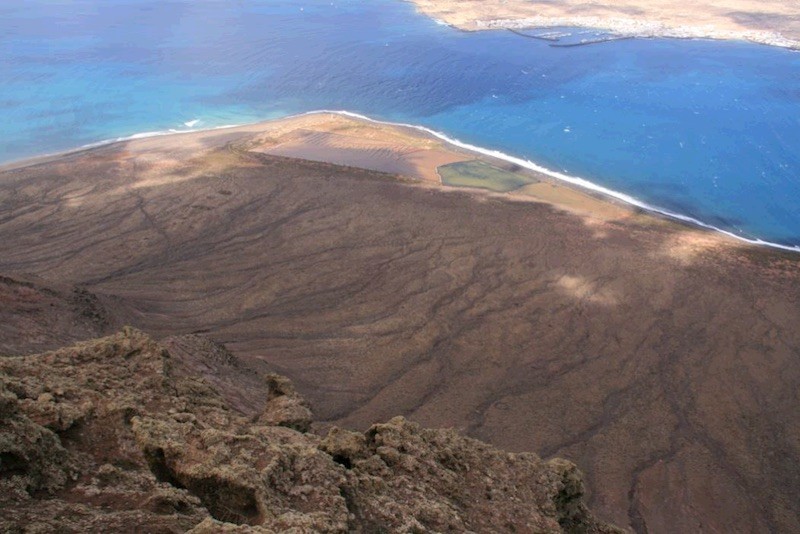Project Description
These are the oldest in the Canary Islands as they were exploited in the 16th Century. They are on a flat surface at the bottom of the Famara cliff, separated from the island of La Graciosa by the river “El Río”. The plain it is on, consists of detrital materials that resulted from the erosion of the Famara cliff. The concentration, and subsequent evaporation of salt benefited from the interior lake protected from the sea by a coastal verge. The bottom of this interior lake is below sea level, allowing for the water to come in naturally when there are storms. They are natural salt mines that were modified by men for exploitation purposes. Activities on the salt mines decreased around 1760, and finally ended at the beginning of the 1970’s.
It has a main geomorphological interest, and a secondary petrological interest. It also has great historical and cultural value. On the other hand, the landscape and great biodiversity surrounding it also stand out (especially crustacean species, birds and algae).

